In a Future War, the Air Force's Big Air Bases Could Be a Big Liability
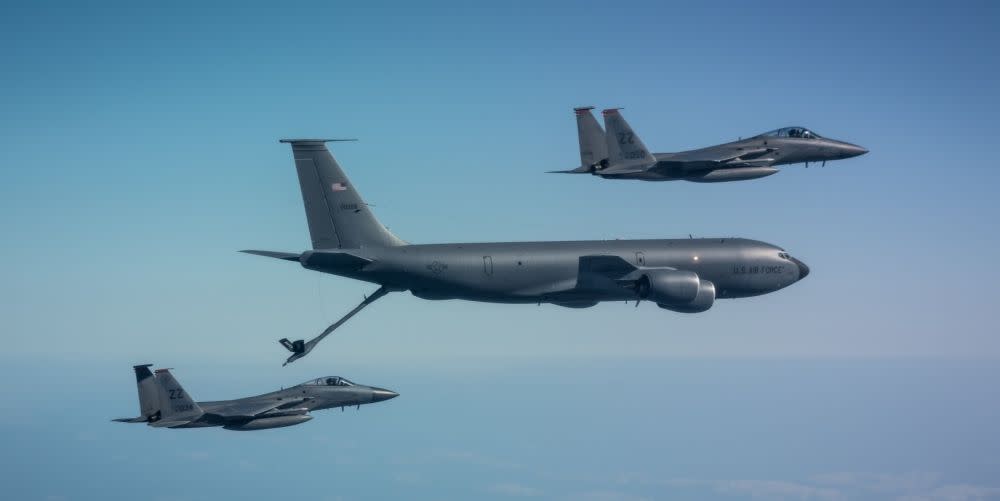
China and Russia maintain large missile and bomber forces capable of targeting airfields with precision, knocking them out and preventing high performance fighter jets from flying.
So the Air Force is planning to disperse its fleets of fighters, bombers, and other planes during a war to protect them from attack.
The dispersal plan, known as Agile Combat Employment, will require the service to become lighter and more rapidly deployable in emergencies.
The U.S. Air Force’s sprawling bases abroad will come under major attack in a future conflict. Long-range missiles and bombers will cross oceans to shut American air bases, a key instrument of Washington’s military power. In response, the service is looking to spread its fighting resources far and wide so that no single attack could wipe out a key capability. But that will require the Air Force to become lighter and more agile, capable of operating in small numbers from isolated airfields.
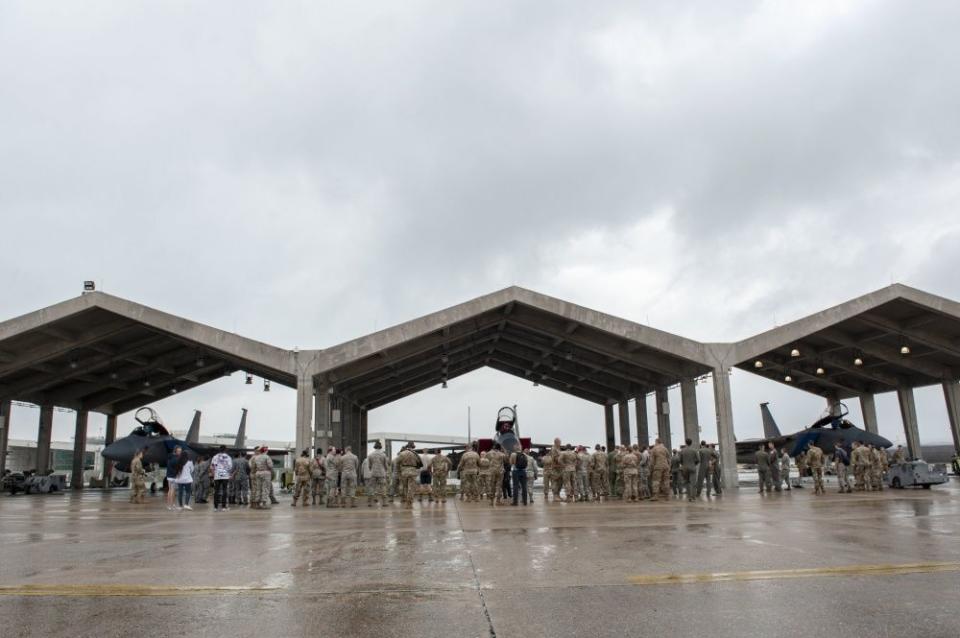
The Air Force maintains a handful of giant airbases worldwide, serving a sprawling empire of air power. In the Asia-Pacific, the Air Force maintains major bases at Kadena on the Japanese island of Okinawa, two air bases in South Korea, a handful in Japan, and the giant Andersen Air Force Base on Guam. These air bases support fighters, bombers, tankers, and intelligence collection aircraft and would be the front line in a war with China.
While concentrating air power in so few bases is an efficient and cost-effective way of running an air force, it also concentrates targets for the enemy in wartime. Over the past several decades, China has built up a force of thousands of ballistic and cruise missiles—armed with conventional and nuclear warheads—it could use to target enemy air bases. It could also launch long range strikes by submarine, aircraft carrier-based fighters, and long range bombers such as the H-6N. Highly accurate and with large warheads, these missiles have the potential to target destroy hangars filled with fighters, blow up fuel and ammunition dumps, and create gaping craters in runways.
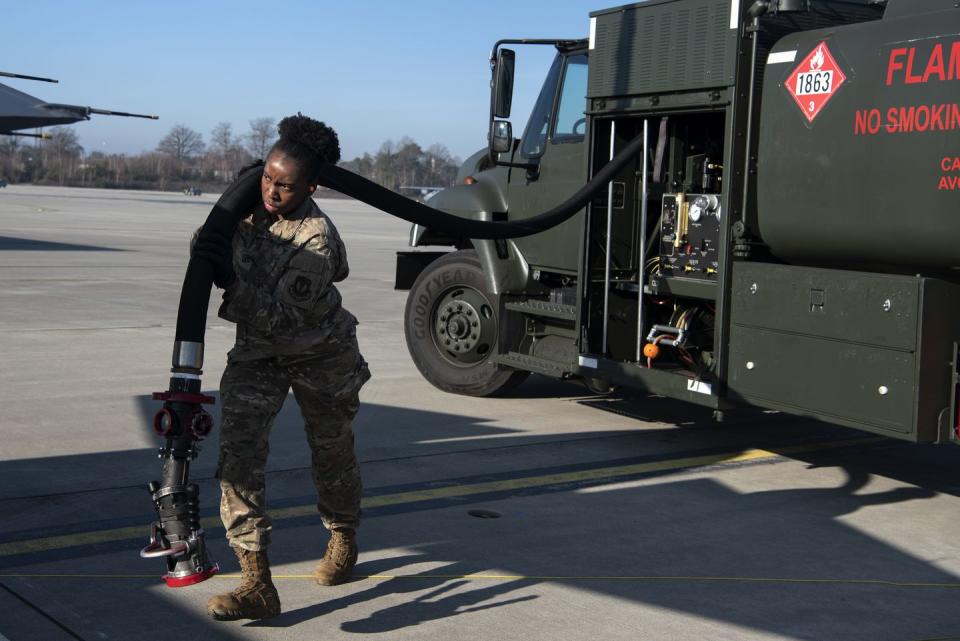
According to Defense News, Air Force units will now head to the hills at the first sign of war, dispersing from their massive bases to local airports, isolated airstrips, any place that can support airplanes. The idea is to use those large bases not to concentrate air power but as a hub to feed dispersed air power, maintaining a steady flow of fuel, ammunition, and food to small detachments of fighters and other warplanes hiding at airfields adversaries may not even know about.
For example, an Air Force F-15 unit based at Kadena Air Base could disperse to smaller, regional Japanese airports both on mainland Japan and farther down in the Ryukyu island chain. A squadron of 24 fighters could disperse to predetermined alternate bases in packets of four. They would be accompanied by a small number of maintainers, refueling vehicles, munitions, and armed guards, all flown in by C-130J Super Hercules transports.
While this would not be as efficient as keeping the entire squadron located at a single base, it would ensure that an attack on any one base would not destroy the entire squadron. Modern, secure communications and midair refueling would mean that the squadron could still fight as a cohesive unit, rendezvousing in the air to fly and fight together.
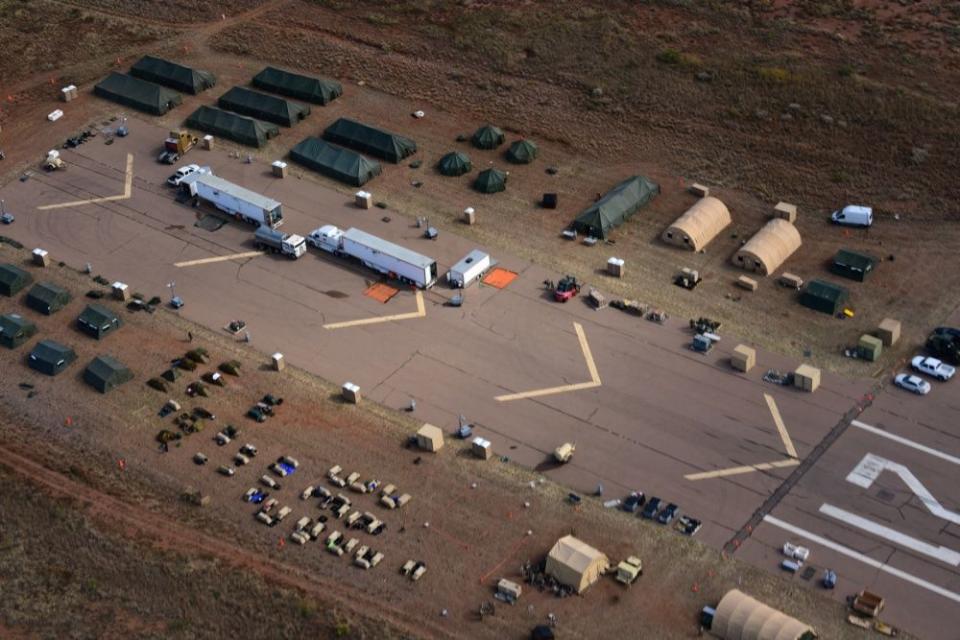
The concept, Agile Combat Employment (ACE), will require a new generation of support equipment. Forklifts, fueling vehicles, and other support vehicles will need to become lighter, capable of being stuffed in the back of a transport and then dropped off at an austere airfield. Maintainers and ammunition handlers might be fewer in number, particularly if they take casualties, forcing fewer airmen to perform more work. A powered exoskeleton that allows a maintainer to lift heavier loads with less fatigue is one option.
The Air Force is already training to carry out the ACE concept. Earlier this year, Air Force maintainers at Kadena Air Base on Okinawa relocated to Marine Corps Air Station Futenma, farther north on the same island, enabling the Air Force to operate from two airfields on the island. The Air Force has also discovered that the ability to quickly sortie and disperse air power away from catastrophic weather events, such as typhoons, is very similar to dispersing them from man-made threats. In April 2019, units at Misawa Air Base participated in exercise Resilient Typhoon, which allowed Air Force F-16 and other units to, “execute dispersing, recovering and rapidly resuming flying operations” during a major storm.
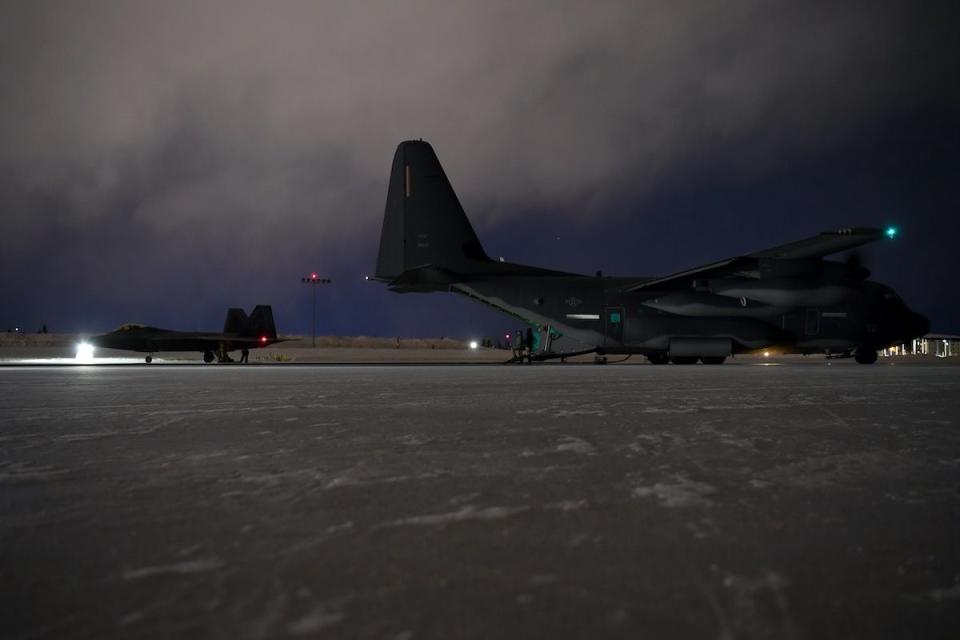
Air power will be essential in the next war, but if an adversary can’t count on destroying American jets on the ground early on—it may decide an attack isn’t worth the cost.
Source: Defense News
You Might Also Like

